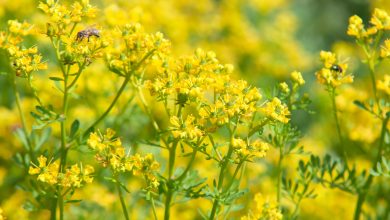Aloe vera care, the miraculous plant
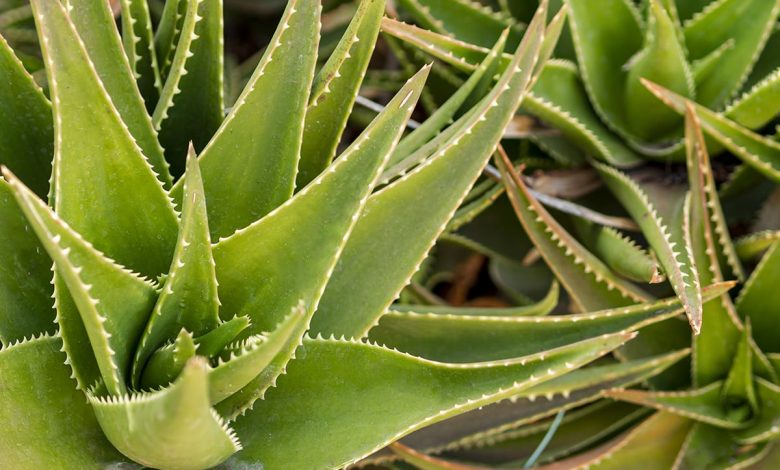
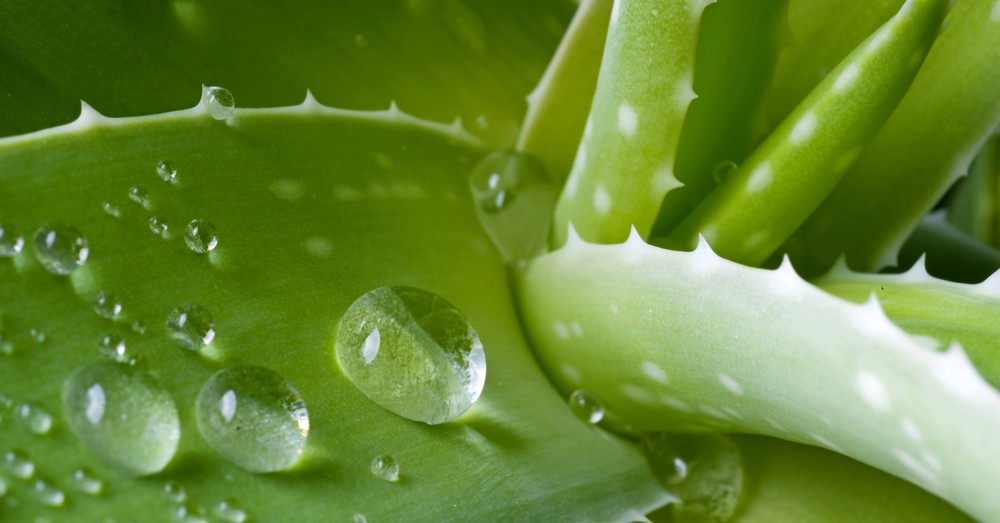
It is one of the favorite succulent plants for both gardening lovers and beginners. It is not for less. Beyond its benefits, Aloe vera care is so simple that we hardly even know we have a plant. Something more than bearable if we take into account two of its greatest attractions. On the one hand, the imposing and simple beauty of its fleshy green leaves. On the other hand, it is not called the miracle plant for nothing. A logical denomination if we consider that it can have a good number of medicinal applications.
Aloe vera care is marked, to a large extent, by its origin. Originally from the African continent, it has spread to practically the entire globe. Something logical if we take into account its incredible versatility. And it is that, despite being a heat-loving plant, it can be grown both indoors and outdoors. That yes: to really enjoy it, it is essential to know those minimum and specific care at the same time that it demands.
Let’s see them in detail to be able to have it either in a pot, directly in the ground or as part of a set of rockery plants. Because that is another: its versatility does not refer only to care. Also to the incredible game that it gives us to create compositions of succulent and succulent plants in any space.
DRAINAGE, TEMPERATURE AND SUN: THREE ALOE VERA CARE TO WATCH
Getting to know in detail the care of Aloe vera starts with two of the aspects that most affect its cultivation. Two that are a logical consequence of the origin and type of plant that it is.

Let’s start with the absolutely vital one: drainage. Like other succulent plants of the same family, Aloe vera is extremely sensitive to excess water. So much so that if we do not provide the plant, wherever it is planted, with good drainage it will not be able to survive. Its roots do not tolerate waterlogging, so we will have to monitor two fundamental aspects. On the one hand, that the planting site has a good water evacuation. Something that we can achieve using volcanic clay or clay. If we create a layer with either of these two amendments, we will be encouraging the irrigation water to be evacuated correctly.
But not only that. Aloe vera demands a substrate for cacti. A detail closely linked to the need to evacuate excess water. These types of substrates have a fairly considerable percentage of sand. An element that allows the elimination of water and, incidentally, prevents the soil from compacting. Another great enemy of the roots, since when it happens the roots cannot be properly oxygenated.
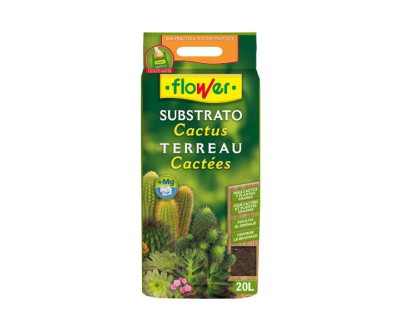
As is logical and after seeing in detail this care of aloe vera, irrigation should be moderate. Very moderate. This plant only requires that the substrate be slightly moist, so we can even consider installing a drip irrigation kit. Nothing to water until it floods or leaves water in the saucer below the pot. And, during the winter months, even less. It will suffice to water once a month and in moderate quantities.
Natural light and temperature
Given its origins, the issue of lighting is one of the essential cares for Aloe vera. It is a plant that loves sunlight, so both indoors and outdoors it should receive as much as possible.
However, let’s not confuse this with causing heatstroke to the plant. During the summer months, ideally it should be sheltered from direct sun. An excess of it can burn your leaves. We will be able to identify it because the characteristic green of its leaves will change to brown. If so, it is time to hydrate the plant with a water spray or moisturizer; and place it somewhere else.
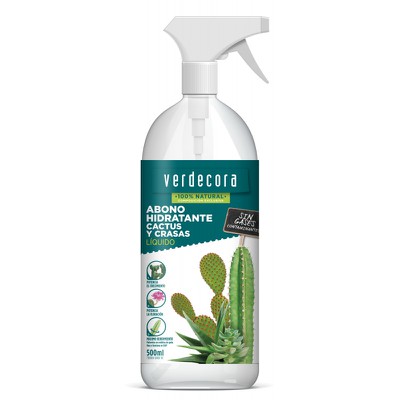
This passion for light gives us a clue as to the care of Aloe vera in terms of temperature. Despite being a resistant plant, the ideal is to have it in an environment between 17 and 27 degrees. With the arrival of winter, it is time to shelter it from the cold and frost. And, if we live in a climate where the temperature is continuously below 10 degrees, we will have to remove the plant from the outside. In case of having it planted directly in the ground, then we will have to place a padding on the roots to protect them.
TWO SUBSCRIBERS PER YEAR AND ROOM TO GROW
Despite being a tremendously resistant plant, it will need our help to grow. Or, what is the same, so that we reinforce the nutrients of its substrate on a couple of occasions throughout the year. Ideally, with the end of summer, we apply a layer of earthworm humus to our Aloe vera. In this way, we will be providing it with new nutrients so that the plant prepares for the vegetative break typical of winter. A way to prepare for that natural hibernation with sufficient reserves.
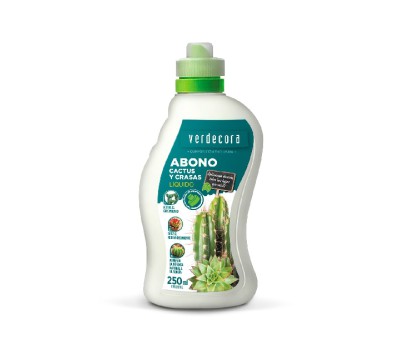
Also, with the arrival of spring, it is advisable to use a fertilizer for cacti and succulents. Ideally, it should be liquid, with a view to diluting it together with the irrigation water.
And if nutrients are important in Aloe vera care, space to grow is no less important. This plant needs to have room to grow its roots, which they do in a root system. Hence, if we have it in pots, we have to look for one with a good diameter and not much depth. The ideal is that we have some foresight when planting it, in order to lengthen the time of transplanting. But, if that time comes, there is nothing like knowing how to do it correctly. Something that our colleague Paula teaches us in a practical way in just three minutes.
REPRODUCTION OF ALOE VERA
On many occasions, Aloe vera stops growing. Something that we can observe accompanied by another unique phenomenon: the birth of new plants at the base of the mother plant. Those children are still new plants that we can transplant to other pots. To do this, the ideal is to wait until they are 20 centimeters high before cutting them. And, to bring these new plants to fruition, we will only have to apply the Aloe vera care that we are seeing.
In case we do not want to have new plants, it is important to remove them from the mother Aloe vera. Thus, the plant will not dedicate nutritional resources to make them grow.
And, following these simple Aloe vera care, all that remains is to enjoy the plant. An authentic vegetable gift that requires little for all that it can offer us.

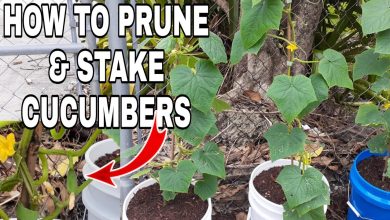

![Photo of White Flowers: [Complete List of 16 Plants + Images]](https://www.complete-gardening.com/wp-content/uploads/2022/08/white-flowers-complete-list-of-16-plants-images-390x220.jpg)
